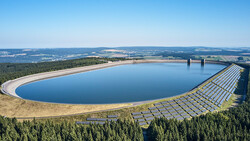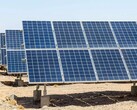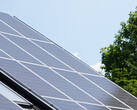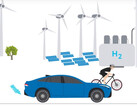At present, Indonesia's almost 280 million inhabitants need just 1,100 kilowatt hours of current per capita. That is five to ten times less than in the EU or North American countries.
It is expected that the population will grow to 320 million by 2050 and that energy consumption will increase to 3,000 kilowatt hours at best, but more likely to 6,000 or even 10,000 kilowatt hours. This takes into account the expansion of industrial production and the switch from fossil fuels to electrical systems.
According to a study by the Australian National University, this multiplication of electricity demand represents a great opportunity for transformation. First of all, no combustion engines, gas-fired power plants or oil-fired heating systems would have to be decommissioned. The only thing that needs to be done is not to buy any new ones. The typical service life of around 20 years takes care of the rest.
Thanks to geography

Due to its equatorial location, there is comparatively little wind in Indonesia. On the other hand, the sun shines almost all the time (8 hours a day on average) and often at a steep angle of incidence. This results, for example, in a much better yield from solar modules than in Europe, Australia or North America.
There is also no shortage of space for the necessary solar cells in this densely populated country. For a complete energy supply with photovoltaics, 60 square meters per person or a total of 20,000 square kilometers are estimated.
However, if you take Indonesia's low-wind water areas with waves of less than 6 meters together, this results in a much larger area. This could generate 500,000 terawatt hours of electricity per year - 15 times the global electricity production.
This leaves the need for storage options, for which batteries will not be used at all. Instead, pumped storage plants can be used almost entirely.
Here too, geography plays a decisive role. In addition to the almost unlimited availability of water, there is also almost unlimited access to steep mountains. Altitude differences of 1,000 meters (3,000 feet) promise maximum efficiency and, depending on its size, a single storage facility with 300 gigawatt hours could supply the entire country for a few hours.
The costs for the conversion have already been estimated. €70 to €95 ($75 to $102) would have to be paid per megawatt hour in this system. A quick look at the Leipzig electricity exchange shows that this corresponds to the European electricity price.
However, fossil fuels are not yet completely phased out in the forecast. After all, 1 percent of the electricity is still to be generated from modern gas turbines, which are switched on when required.
Source(s)
MDPI via pv-magazine

























